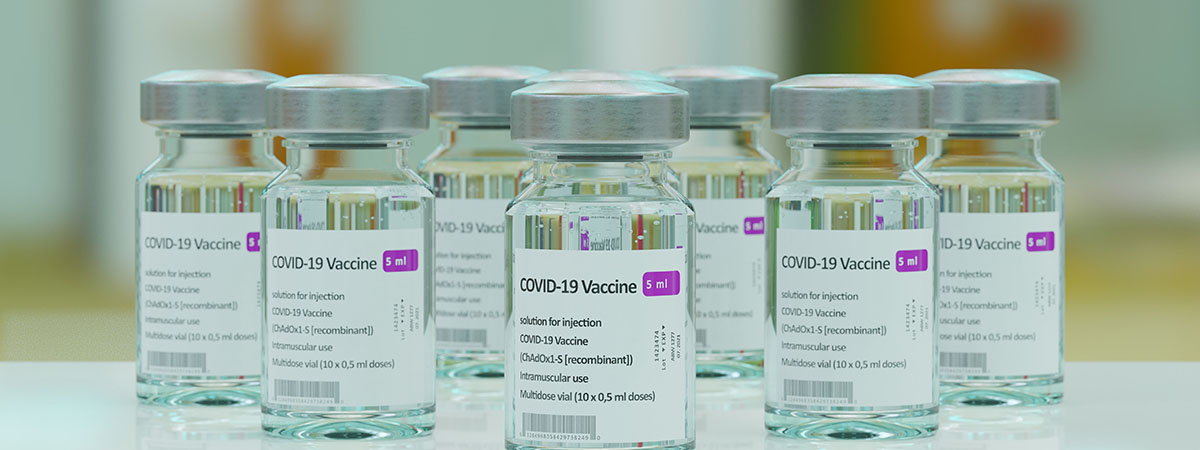
Restarting our manufacturing economies: the post Covid-19 paradigm

COVID-19 has seemingly stopped the world in its tracks and is devastating populations around the world. Beyond the immediate and tragic health disaster and loss of life, the virus is also seeing huge impacts on the global economy and the way workforces across all industries go about their daily activities.
Currently, we are still in the survival stages of the pandemic, with a few regions beginning to return to the new ‘normal’ of life with an active pandemic in place. Leading into the near future when we begin to recover and navigating the path to restoring economic activity, we will be seeing many major changes and shifts in the way we operate at all levels of business. The immediate challenges that we face will in part be due to the various restrictions that have been placed on our everyday lives and are likely to remain in place for some time.
Physical and social distancing measures have already seen most of us shifting to modified working arrangements. Working from home and constant video conference calls for office activities have become very normal in the first half of 2020. However, applying these distancing measures into a manufacturing setting such as in factories presents us with some very different and new challenges. Navigating these challenges will require some very careful management and rethinking of business strategy. Expect to see a lot of discussion around these topics in the coming months as we see workforces recovering and restoring their operations.
Life before a Covid vaccine?
Until a vaccine is successfully tested and available to be mass-manufactured, we will be seeing a huge emphasis on the localized control and management of virus cluster groups. Manufacturing industries and individual firms will be under strong scrutiny as to how they go about safely managing their workforces to stop and prevent these localized viral clusters from emerging.
Using digital mass data networking through smartphones is one approach being commonly employed all over the world to manage this. Individuals are being encouraged to download various types of simple contact tracing apps which vary in functionality depending on country of residence. While some may suggest that all staff should need to install these apps to return to physical work, others are expressing data privacy concerns and suggesting the apps remain as a voluntary opt-in approach to public safety.
Physical distancing in an industrial working context?
Many manufacturers that were able to work through the pandemic have already had to implement a variety of risk mitigation measures in the interests of public health and continuing operations. Restructuring of shift workers into a bubble system is one approach some have taken to mitigate physical contact between staff.
The bubble approach works by having a group of shift workers working together in their contact bubble. As this shift ends, a deep clean and sanitization of all touch points and surfaces is undertaken. The next shift is then started with new staff of the next bubble group. At no stage are staff from one bubble group allowed to have physical contact or shared working hours with other bubble groups. In the event of a staff member testing positive to Covid19, this approach to quarantine allows for most staff of the working force to say safe, healthy and functional while one bubble of workers is placed into self-isolation and tested.
The changes that we are forced to make today, may very well set a new standard or normal way of operating and doing business. There are many other immediate implications that we will need to consider beyond what was mentioned in this post. Testing of workforces, tracing physical interactions necessary for business and economic activity, logistic bottlenecks and navigating international travel bans are all immediate challenges that we are facing right now. Firms will be required to strategize and manage these challenges if they are expecting to navigate a post Covid19 business landscape.
Industry 4.0 digital technologies especially will likely become more relevant than ever in solutions to these challenges. However, they may have an entirely different meaning and relevance than as a primary driver for competitive advantage that has been sought until now.
